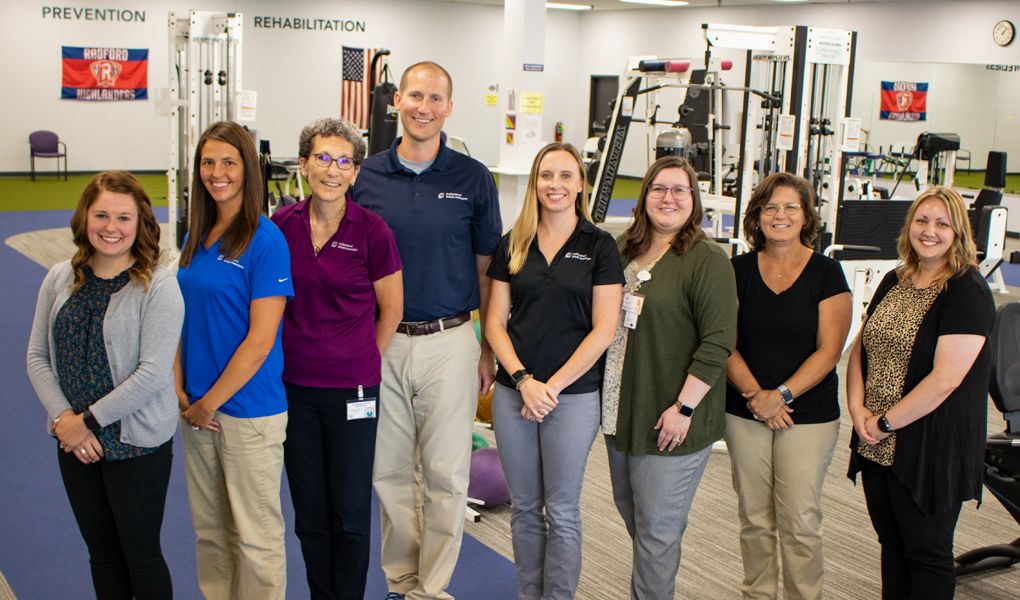
Acute traumas in athletics can occur unexpectedly and often lead to serious problems for players. These traumas can range from sprains and strains to fractures and concussions. To help prevent these traumas, it is essential to adopt focused preventive strategies. These strategies focus on education, proper preparation, gear use, and overall well-being maintenance. By addressing these important areas, players can significantly reduce their chances of suffering from acute traumas while engaging in their favorite sports.
One successful approach to reducing the risk of traumas is through instruction. Players, coaches, and parents should be educated about the common types of traumas associated with particular activities. Comprehending the mechanics of these injuries allows all involved to identify the signs and signals early. Informative workshops or seminars can assist teach players about correct techniques and the importance of warming up before matches or training sessions. This understanding empowers athletes to take responsibility for their safety and motivates them to express any concerns about potential traumas.
Another crucial preventive strategy is proper training. Athletes should participate in a comprehensive training program that focuses on building strength, flexibility, and endurance. Strength training assists build the muscle groups that stabilize joints, lowering the likelihood of injuries. Flexibility routines, such as elongating, can improve the range of motion and decrease the risk of muscle tears. Additionally, players should integrate sport-specific drills that simulate game situations, which can assist them become more acquainted with the movements involved in their chosen sport. Coaches play a vital role in developing and implementing these training programs to ensure they are secure and efficient.
The use of appropriate equipment is also essential in preventing acute injuries in athletics. Players should always wear the right equipment for their particular sport, including helmets, pads, and suitable footwear. For instance, gridiron players need helmets to protect against head injuries, while soccer players require shin guards to protect their legs from impact. It is essential that gear is fitted properly and is cared for regularly to ensure it provides the necessary protection. Trainers and guardians should motivate athletes to take the effort to choose and wear the appropriate gear to minimize their chances of trauma.
In addition to education, training, and gear, maintaining overall well-being is essential for injury avoidance. Players should emphasize proper nutrition, hydration, and rest to keep their bodies in top shape. A balanced diet rich in vitamins and minerals helps facilitate muscle recovery and overall physical performance. Staying hydrated is also important, as dehydration can result to exhaustion and heighten the risk of traumas. Lastly, achieving enough sleep is crucial for recovery and maintaining focus during training sessions and matches. By promoting good well-being habits, athletes can improve their performance and lower their chances of suffering from acute traumas.
In summary, minimizing the risk of acute injuries in sports find out requires a multifaceted approach that includes education, proper training, appropriate gear, and overall health maintenance. By concentrating on these specific preventive strategies, players can better protect themselves from the dangers of injuries. Coaches, parents, and athletes all have important roles to play in fostering a secure sports environment. By working together and prioritizing safety, the pleasure of athletics can persist without the disruption of serious traumas.